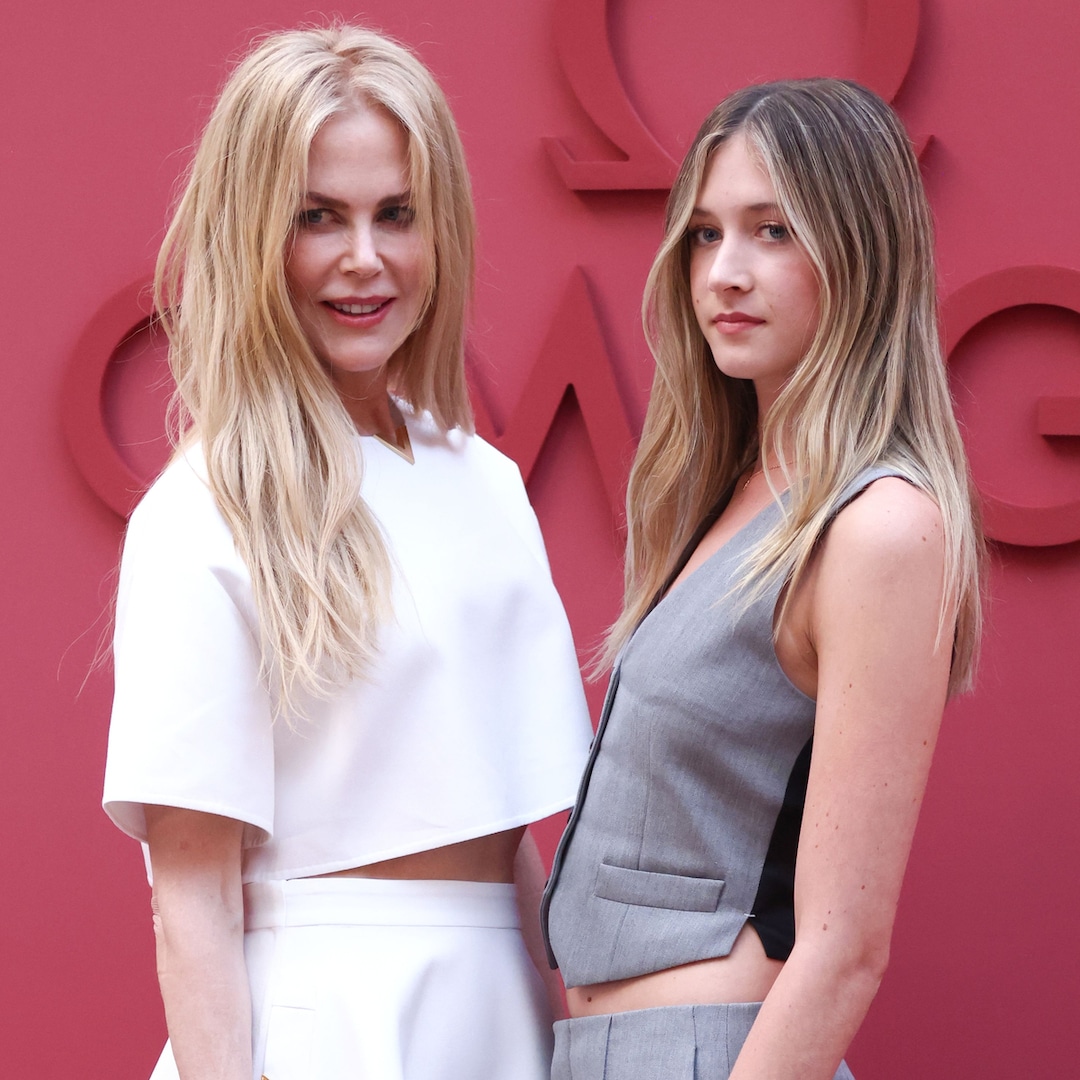KEY POINTS
- There is a huge gap between the salary of leading and supporting roles
- Lead actors and actresses reportedly receive up to millions per project
- K-netizens are displeased with the 2,000-fold gap between leading and supporting roles
The Korean entertainment industry has turned into a global phenomenon as K-dramas and K-movies have started to gain popularity in the international scene. Despite this, there is an underlying issue concerning labor, for actors and actresses only get paid per episode.
Per a report called “Survey on Actor’s Wage System and Research on Improvement Plans,” submitted Tuesday by Korea’s chairman of the Culture, Sports and Tourism Committee of the National Assembly, Lee Sang-heon, there is a huge gap between the salaries of leading actors and actresses compared to those given supporting roles. The difference reached up to 2,000 times, according to SBS News.
As of late, one of the largest gaps between leading and supporting roles was evident in SBS’ “Beopjjeon,” also known as “Payback: Money and Power,” which starred Lee Sun-kyun, Moon Chae-won, Kang You Seok and Park Hoon, among others. It was released in January this year.
The lead actor, Sun-kyun, was reportedly paid about KRW 200 million ($148,374) per episode, while minor actors only received KRW 100,000 ($74.19). The 48-year-old South Korean actor is popularly known for the Oscar-winning movie, “Parasite,” released in 2019.
“One Dollar Lawyer” was also observed to have an 800-fold gap. Namkoong Min received KRW 160 million ($118,699) for each episode of his role as Cheon Ji-hun — a charismatic lawyer who only charges KRW 1,000 ($1) for his service but is one of the most skilled in the field. The minimum appearance fee for supporting actors and actresses was charged at KRW 200,000 ($148.37) per episode.
Leading roles for JTBC’s periodical drama “Snowdrop,” which starred BLACKPINK’s Jisoo in her first-ever drama and Jung Hae-in, went up to about KRW 110 million ($81,603). It was over 700 times bigger than what was offered to minor roles, which was only KRW 100,000.
Such pattern was also seen in dramas such as “Why Her,” “The Secret Romantic Guesthouse,” “Golden Spoon,” “Start-Up,” “Hometown Cha Cha Cha,” and “Forecasting Love and Weather.”
The minimum appearance fee on production sites costs around KRW 200,000 to KRW 300,000 ($222.55) per episode. Given such a rate and the average working hours of each day — estimated at nearly 10 hours — minor actors with low appearance fees could earn less than South Korea’s minimum wage. In other countries, appearance fees are charged for the period of the whole production.
The report has since circulated on famous online forum sites in South Korea, garnering shocked reactions from K-netizens.
“Please raise the salaries of the hard-working staff,” one user wrote, while another commented, “I know why lead actors, especially male actors, get paid a lot, but the ones who suffer the most are the staff. I always think it’s too much.”
“No, in the first place, the overall appearance fees of the main actors are too inflationary… The real staff are paid poorly, but it is too problematic,” a third user said.
“That minimum would be for minor actors… The main actors will be filming a lot of commercials, so I wish they lowered their appearance fees and paid more attention to the staff and minor actors,” a fourth user suggested.
Another wrote, “I hope the staff members get paid a lot. It’s not a big deal if the actors get paid a few hundred less.”
mohamed_hassan/ Pixabay






